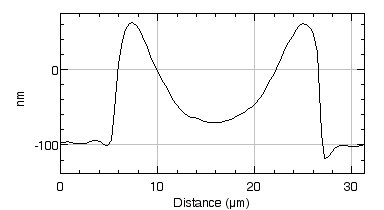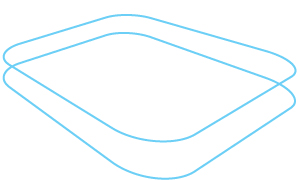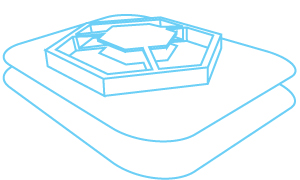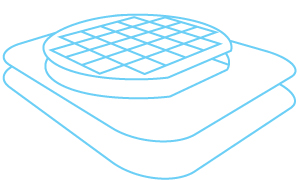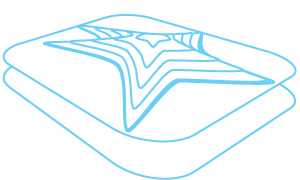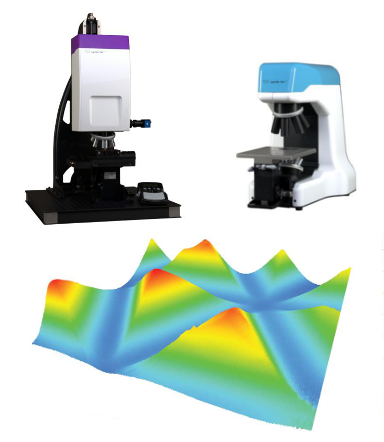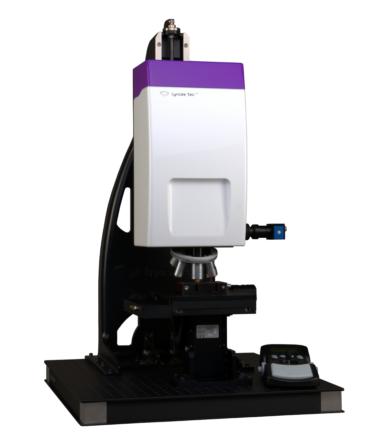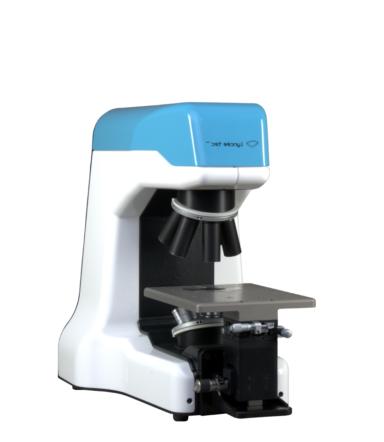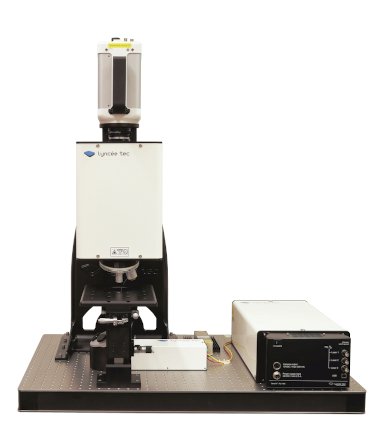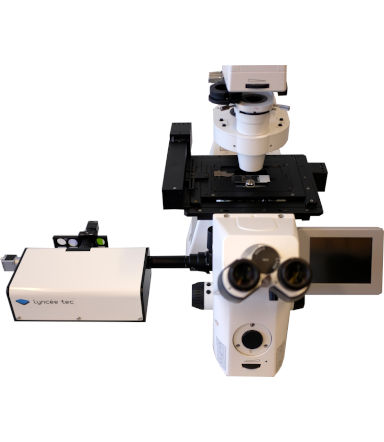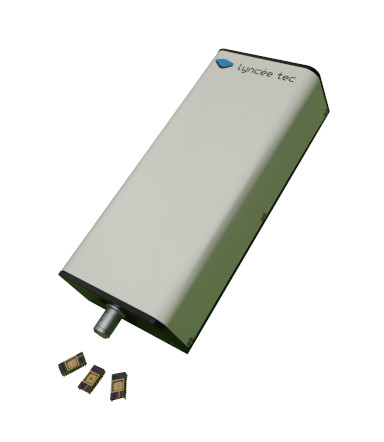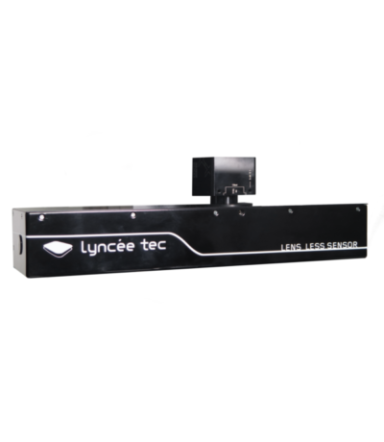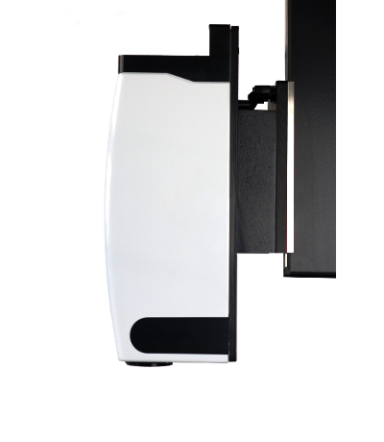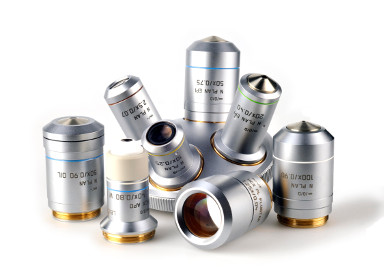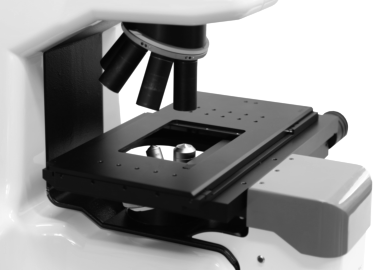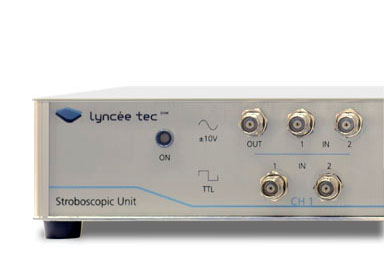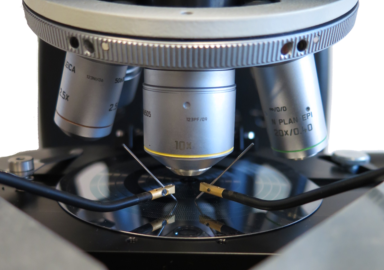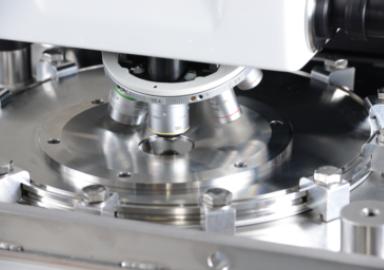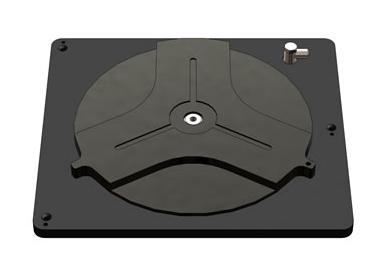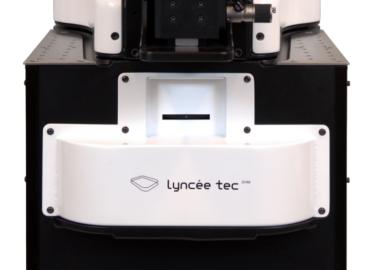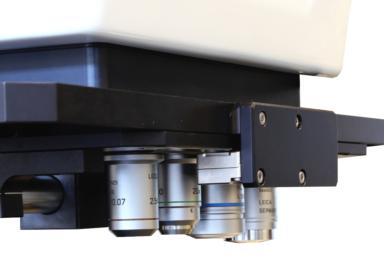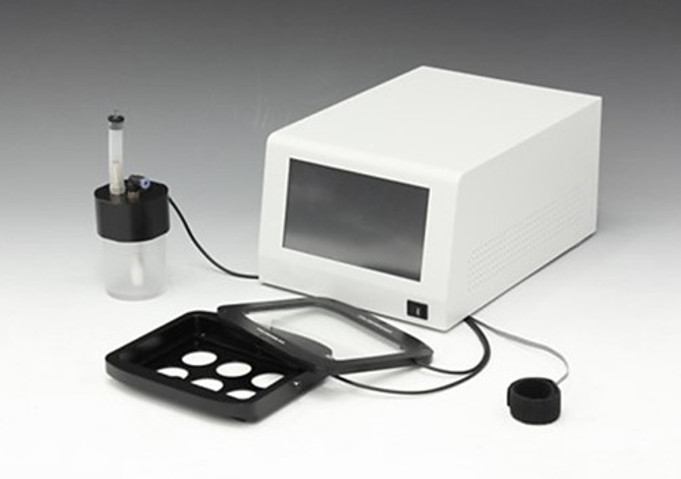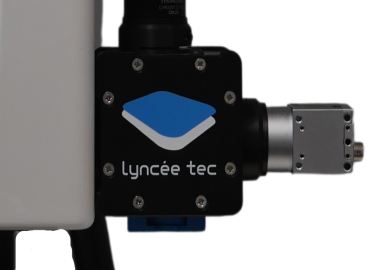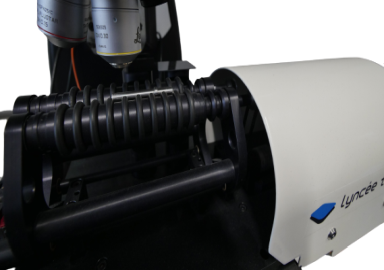MEMS Analysis Tool
MEMS Analysis Tool
The MEMS Analysis Tool is a post-analysis software. It provides quantitative and precise space and frequency analysis of the 3D time sequence of topographies (4D) recorded by DHM® for both periodical and non-periodical phenomenons.
Measure any MEMS characteristics
- Mode shapes
- Vibration maps : Amplitude & Phase
- Displacements, velocities and accelerations
- along any direction
- at any place in the field of view
- for any structure
- Frequency response
- Electrical response
Compare simulation with measurements
- Post-analyze your data anywhere at anytime
- Export data in open formats for advanced analysis
- Define your own analysis templates to compare efficiently batches of samples
Disseminate your work efficiently
- Measure samples that you could not before
- Illustrate publication and conference presentations with videos
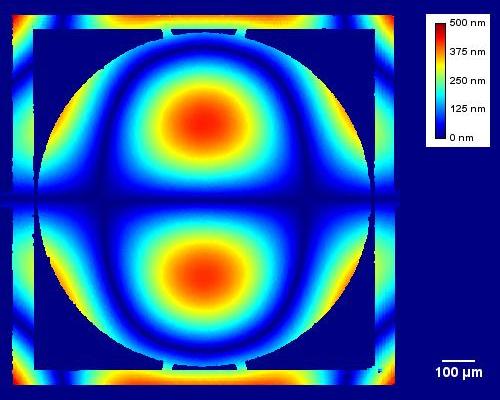
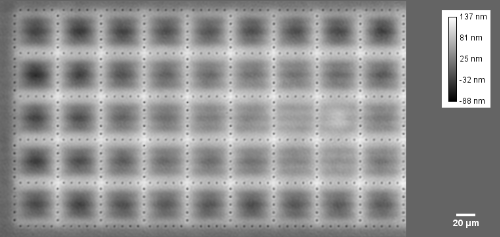
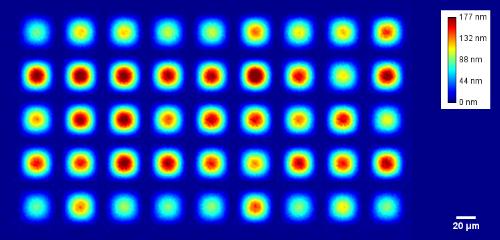
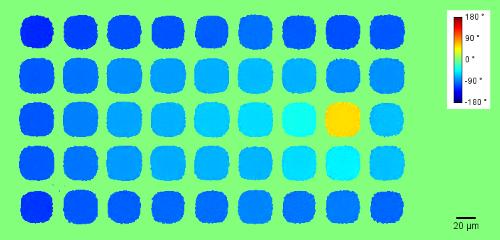
Advanced algorithms for In- & Out-of-plane analysis
MEMS Analysis Tool contains powerful algorithms to analyze 3D time sequence of MEMS topographies in term of in- and out-of-plane displacements.
Combine and compare
- Displacement, vibration amplitude
- Velocity
- Acceleration
- Electrical response
- …
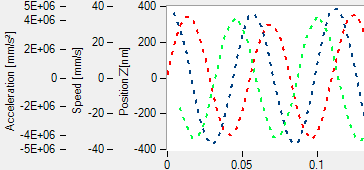
From SMALL vibrations …
- Edge tracking, Fourier and sub-pixel algorithm
- Down to nanometers in-plane
- Down to picometers out-of-plane
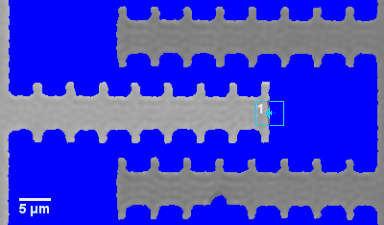
… to LARGE displacements
- Pattern tracking algorithm
- Up to millimeters in-plane
- Up to tens of micrometers out-of-plane
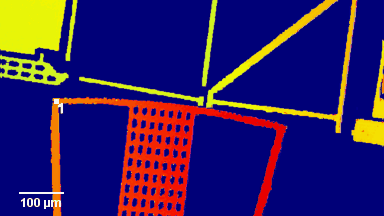
Characterization of complex motions and geometries
- Plate tilt
- Rotation
- Moving parts with holes and structures
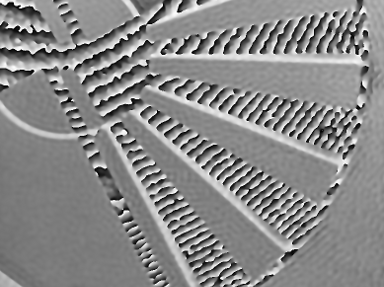
A complete toolbox for frequency response analysis
Frequency response is one of the most important MEMS characteristics. MEMS Analysis Tool provides several methods to toggle between time domain and frequency domain. This analysis can be applied to both in- and out-of-plane displacements, as well as to the electrical recording performed by the stroboscopic module.
Bode Analysis
- Bode phase and amplitude diagrams
- Q factor
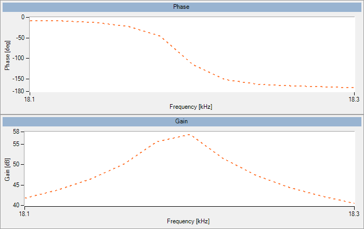
Fourier Analysis
- Fourier transform from time domain to frequency domain
- Fourier filtering from frequency domain to time domain

Harmonic Analysis
- Fundamental, second, third and fourth harmonic amplitudes
- Application example: MEMS microphone and speaker

Modes shapes, for efficient comparison with simulations
MEMS Analysis Tool enables visualization and analysis of both 4D topography and of mode shape sequences . This second representation is very useful when the amplitudes of vibrations are much smaller than the structural dimensions, and for efficient comparison with simulations results.
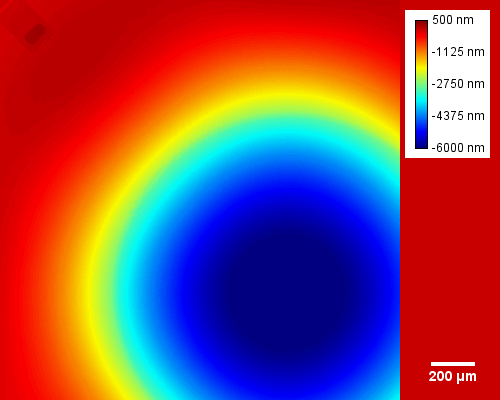
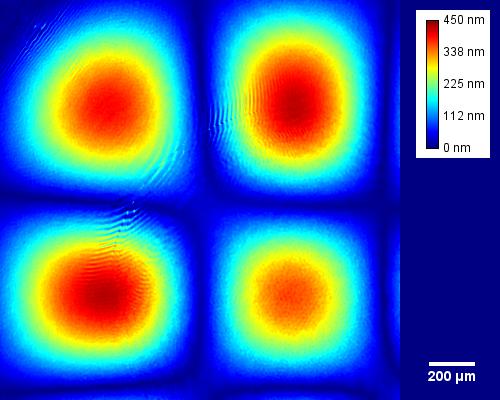
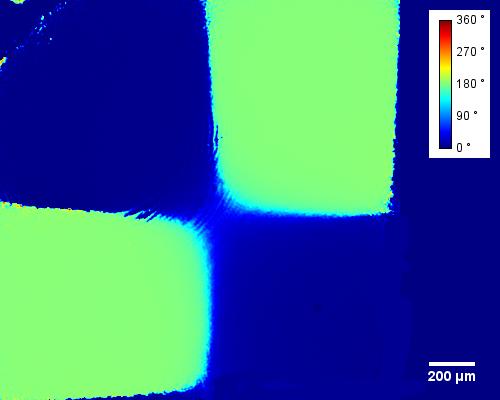
Unique 4D analysis tools
MEMS Tool encompasses efficient tools enabling dynamical 4D data analysis. Profile cuts, grids are among other unique tools that will bring you a new insight in your device, revolutionizing their development. Data can be exported as text files or as video image sequences.
“Array” tool, for multiple devices analysis
- Fast analysis of array of structures
- Cross talks between individual device
- Compatible with stitching for large device
- A post analysis: no need to define a grid prior to measurement!
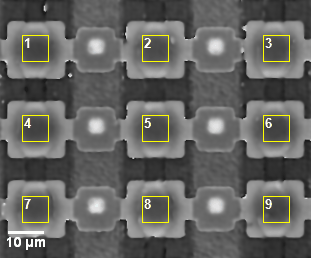
“Dynamic profile cut” tool
- Almost unlimited points per profile cut
- Determination of membranes collapse voltage
- Quantitative comparison of deflection of multiples devices
